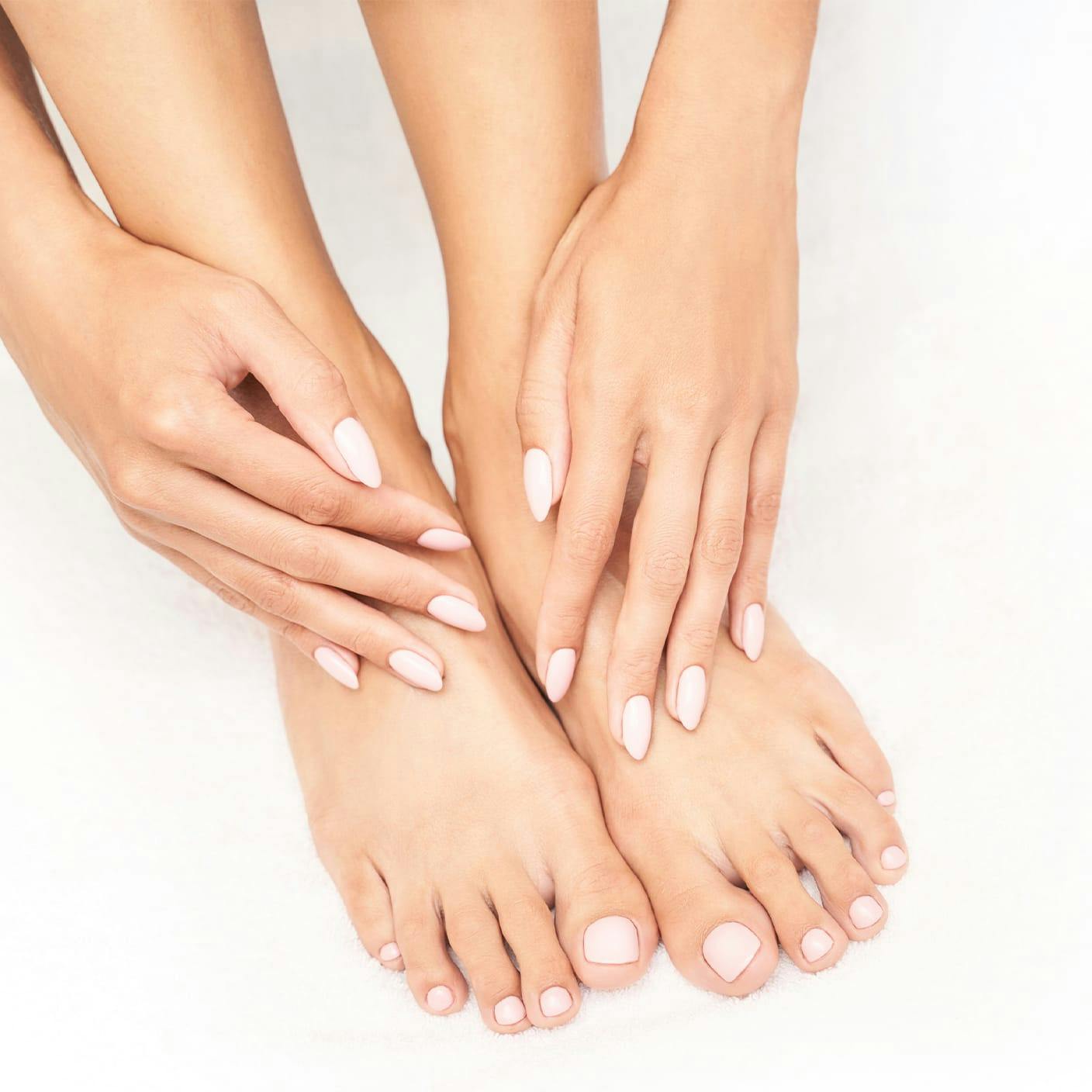Nail fungus can be distressing, unsightly, and difficult to get rid of. At Korman Plastic Surgery in the greater Bay Area, Dr. Joshua Korman provides cutting-edge fungus removal treatment that can help patients reclaim their peace of mind and once again enjoy wearing all their favorite shoes, jewelry, and accessories.
How Is Nail Fungus Treated?
Nail fungus is a prevalent issue for patients all over the world. However, there are a wide array of treatments available that can help patients improve the appearance of the nails and reclaim their confidence going barefoot. These include:
- Topical treatments – These are medications and ointments applied directly to the nail on a daily basis.
- Oral treatments – These are medications taken by mouth to eradicate fungal infections.
- Surgery – The nail can be completely removed via a surgical procedure.
- Laser therapy – Laser therapy is the ideal way to remove fungus from the nails. It is painless and quick, and there is no downtime to contend with.






